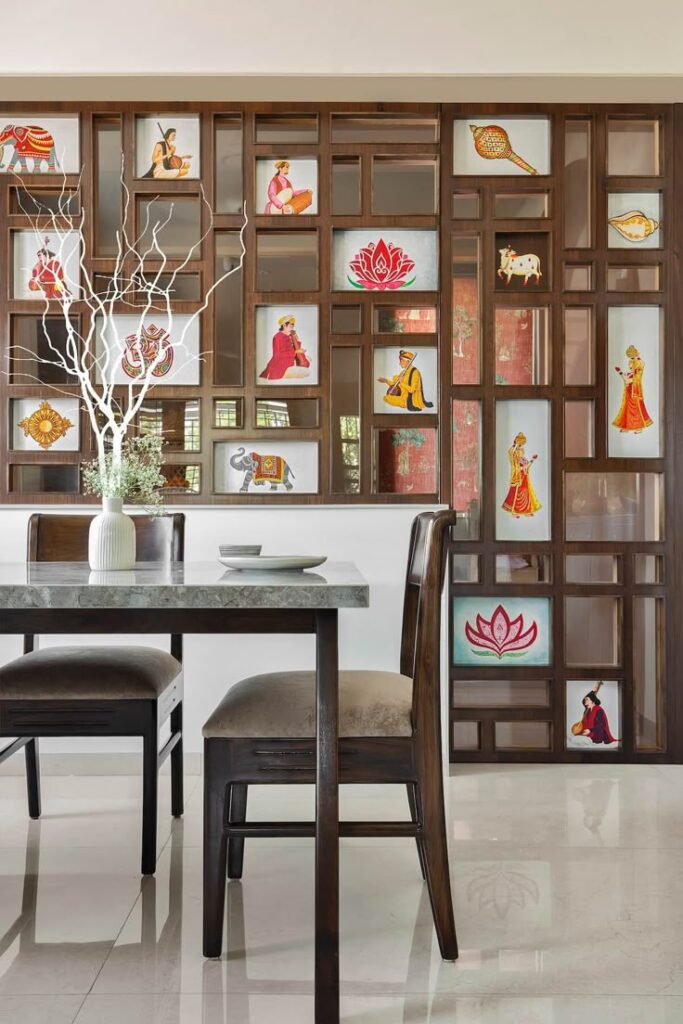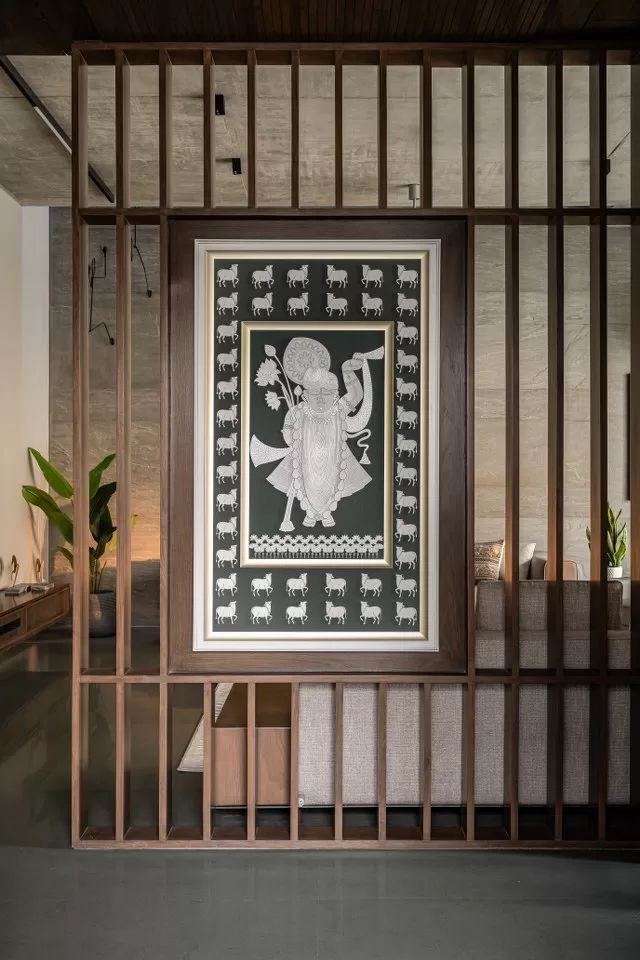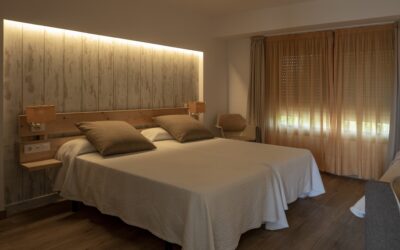In traditional Indian homes, space was fluid — conversations flowed from courtyards to kitchens, often without formal separation. But as homes become more compact and multifunctional, partitions are stepping in — not as rigid dividers, but as elegant, flexible design solutions.

Let’s explore how partitions are transforming modern Indian interiors — blending tradition, privacy, and purpose.
1. Why Partitions Are More Than Just Dividers
A partition isn’t just a wall substitute. It’s a tool of intentional zoning.



In compact Indian homes where every inch counts, partitions help:
- Create privacy without shutting out light
- Define zones without reducing volume
- Allow airflow while guiding flow
Whether you live in a studio apartment or a duplex bungalow, smart partitions can make your space feel bigger, more functional, and more beautiful.
2. Types of Partitions in Indian Interiors
🔸 Jaalis — The Traditional Cool
Rooted in Mughal and Rajasthani architecture, jaalis are intricate perforated screens that filter light and air. Today, you’ll see them reimagined in:
- MDF laser-cut panels
- Metal or acrylic screens
- Wooden latticework in pooja rooms or entryways



They’re perfect for dividing a living room and dining area — while maintaining visual openness.
🔸 Sliding or Foldable Panels
A modern solution for flexible layouts:
- Wooden or glass sliding partitions that can be tucked away
- Accordion-style panels that fold flat when not in use
- Fabric or cane-paneled options for softness and texture



Great for temporary guest zones, study nooks, or kids’ play areas.
🔸 Furniture as Partition
Sometimes, a bookshelf or a bar counter can act as a divider:
- Open shelving that stores and separates
- Half-height units to zone kitchens from dining spaces
- Custom TV units that turn into partitions



This dual-functionality is ideal for urban apartments where minimalism is key.
🔸 Green Partitions
The newest favourite — plant walls or planters on stands that separate spaces while improving air quality. Often used:
- Between balconies and living rooms
- In passageways or behind seating zones



A great way to introduce biophilic design without construction.
3. Partitions with Purpose: Where They Work Best
Partitions work beautifully in Indian homes when placed strategically. Some of the most effective areas:
- Entrance foyers: Create a subtle transition without using a door
- Pooja corners: Offer sanctity and visual separation
- Living-dining zones: Maintain openness while defining purpose
- Bedrooms: Section off a study nook or dressing area
- Bathrooms in master bedrooms: For semi-open layouts with sliding glass or wooden screens






The idea is to divide the energy, not the light or space.
4. Things to Keep in Mind While Choosing a Partition
Not all partitions serve the same goal. Here’s what to consider:
| Need | Partition Type |
|---|---|
| Privacy | Sliding wooden/glass panels |
| Light flow | Jaali, glass, or acrylic screens |
| Texture & warmth | Cane, wood, fabric |
| Storage | Bookshelves or built-in cabinetry |
| Flexibility | Movable panels or curtain dividers |
And always ask: Does this partition add to the space’s experience, or just take up space?
5. Culture Meets Contemporary
Indian homes have always used symbolic partitions — like hanging beads at doorways, or a curtain over the pooja room. Today’s partitions honour those rituals, but with modern design language.
Imagine:
- A wooden jaali with brass inlay near the mandir
- An open cane screen between living and work-from-home setups
- A matte black metal frame holding glass and planters in your kitchen lounge area
Partitions are where tradition and innovation meet in perfect alignment.
Final Thoughts: Partition with Intention
As architects and interior designers, we see partitions as more than just separators. They are:
- Aesthetic accents
- Privacy providers
- Light filters
- Spatial storytellers
So next time you think of knocking down or building a wall — consider a partition instead. Because the best interiors don’t always divide space — they shape it.




